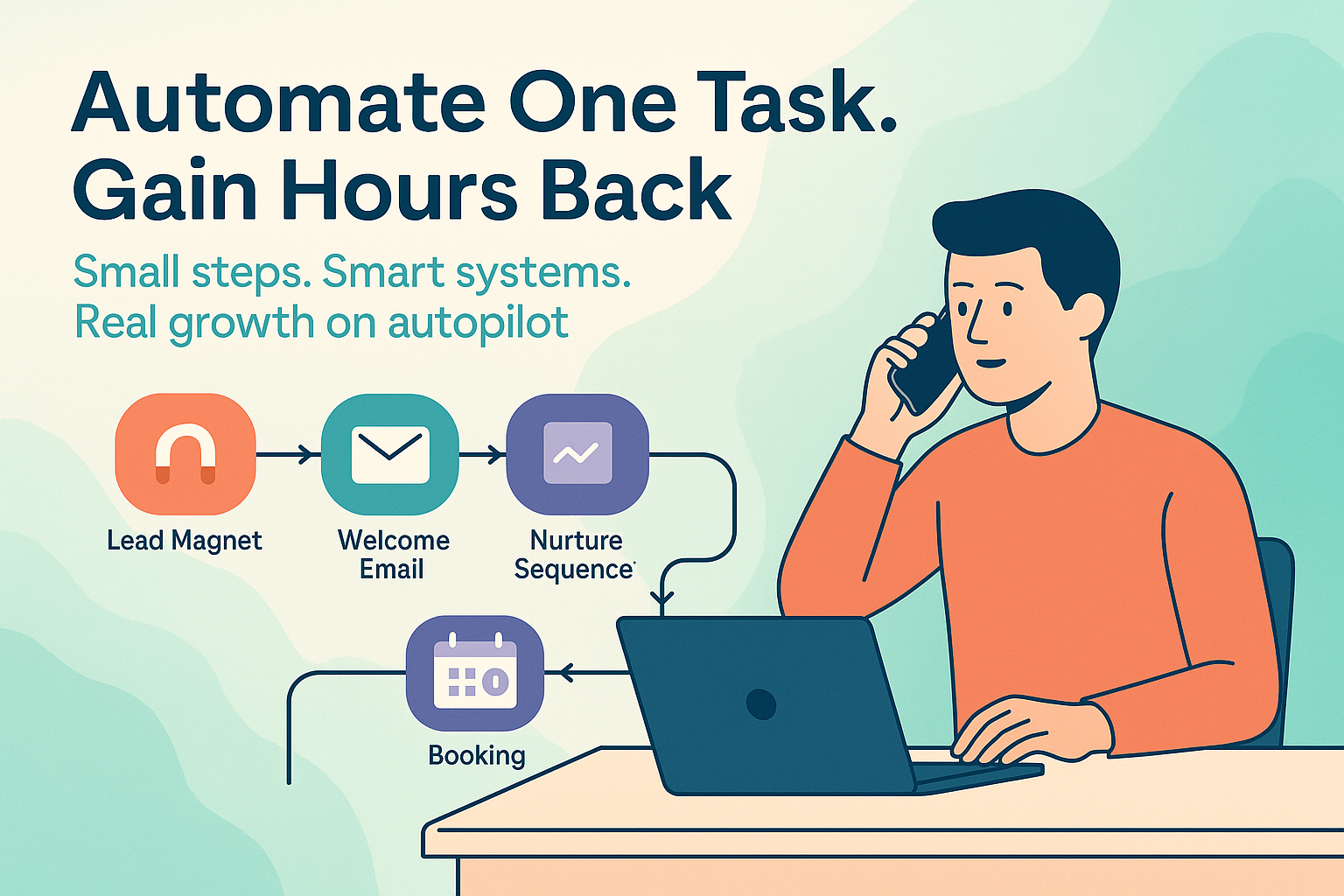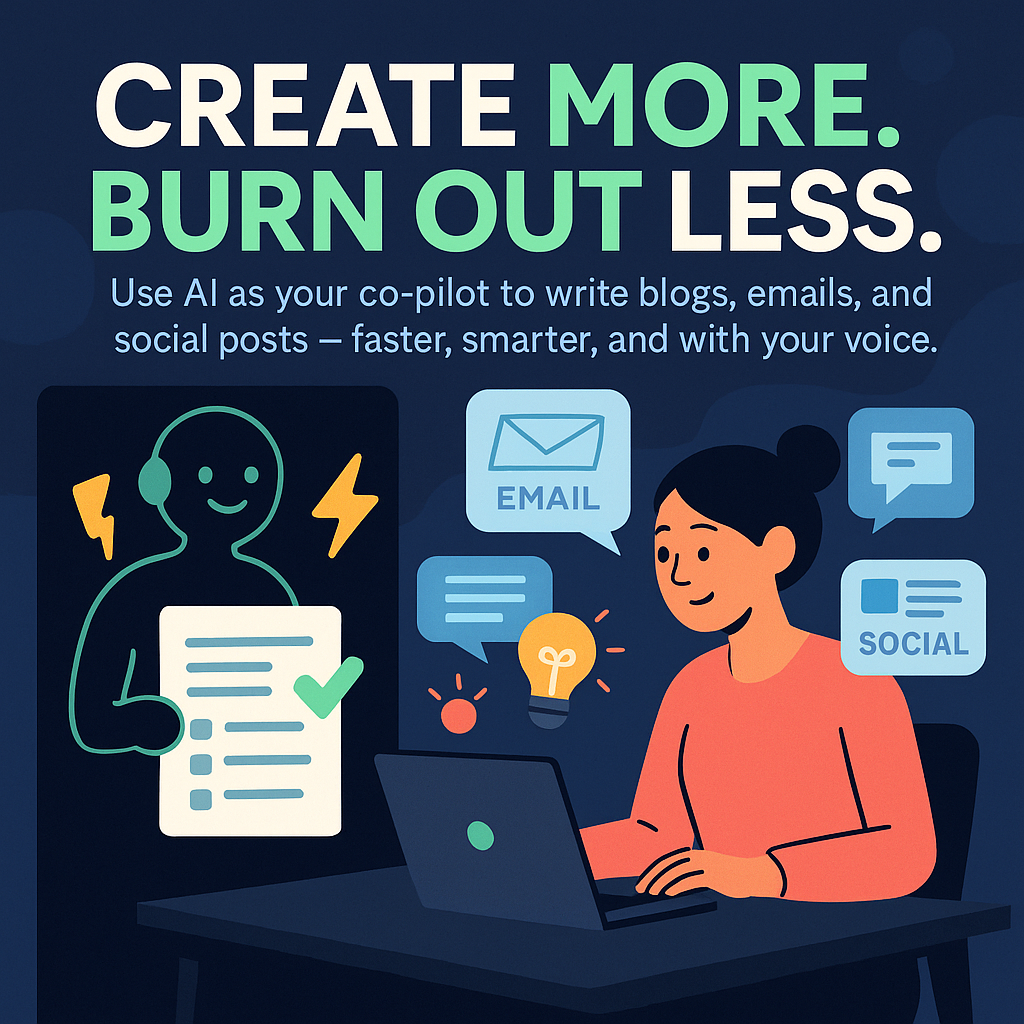Did you know that nearly 9 out of 10 marketers are already using AI in their daily work? It’s a startling number, and it highlights a major shift happening in the marketing world. For many business leaders, the world of AI marketing feels like a confusing mix of hype and headlines. You hear about AI revolutionizing everything, but it’s hard to know what that means for your bottom line.
This article will cut through the noise. We’ll provide a clear-eyed look at AI in marketing, separating the hype from the reality. You’ll learn about its practical applications, the potential pitfalls to avoid, and how to build a realistic strategy that drives real business results.
Beyond the Buzzwords: Practical AI in Action
So, what can AI actually do for your business? Let’s get practical. At its core, AI in marketing is about using smart technology to analyze data, automate tasks, and create more personalized customer experiences. It’s not about replacing marketers; it’s about giving them superpowers.
Here are some of the most common and effective ways businesses are using AI today. Whether you're looking to improve your content marketing strategy or enhance your SEO efforts, AI can be a powerful ally:
AI Application | How It Helps Your Business |
Content Optimization | Improves SEO rankings and increases email open rates. |
Content Creation | Speeds up content production and overcomes writer's block. |
Personalization | Boosts customer engagement and loyalty with tailored offers. |
Task Automation | Increases efficiency and allows your team to focus on strategy. |
Think about the famous Heinz Ketchup case study. They used an AI image generator to create a series of ads showing what people see when they think of “ketchup.” The result was a massively successful campaign that generated 850 million impressions and a 38% increase in engagement. That’s a real-world example of AI being used as a creative partner to achieve tangible business goals.
Hype vs. Reality: Navigating the Pitfalls of AI Marketing
Of course, with any powerful new technology, there’s a lot of hype. It’s important to have a “reality check” to avoid common pitfalls. Many marketers are still unsure about how to use AI safely and effectively. In fact, 39% aren’t sure how to use AI safely, and 43% don’t know how to get the most value from it [1].
Here’s a look at some of the biggest myths and the realities you need to be aware of:
The Hype | The Reality |
“AI will replace your entire marketing team.” | “AI will augment your team, handling repetitive tasks to free up human creativity.” |
“AI is a magic button for instant results.” | “AI is a powerful tool that requires strategy, quality data, and human oversight.” |
“You can just ‘set it and forget it’.” | “AI requires constant monitoring, training, and a human-in-the-loop approach.” |
There are also real risks to consider, as pointed out by Forbes. A loss of brand voice, inaccuracies and bias in AI models, a lack of human oversight, and intellectual property concerns are all things you need to be mindful of. The key is to approach AI with a healthy dose of skepticism and a commitment to responsible implementation.
A Practical Roadmap to AI-Powered Marketing
Ready to get started? The good news is, you don't need to be a data scientist to use AI in your marketing. Whether you're a small business owner or managing digital marketing for small businesses, here's a simple, four-step roadmap to get you started:
Start with a Problem, Not a Tool. Don’t adopt AI for AI’s sake. Identify a specific, tangible business challenge first. Is your email open rate too low? Are you struggling to create content consistently? Start there.
Prioritize Data Quality. The “garbage in, garbage out” principle is especially true for AI. Your AI is only as good as the data it’s trained on. Make sure you have clean, organized customer data.
Embrace Human-AI Collaboration. Think of AI as a co-pilot, not an autopilot. The best results come from combining AI’s speed and data-processing power with human creativity, strategy, and empathy.
Start Small and Scale. You don’t need to boil the ocean. Start with one or two low-risk, high-impact pilot projects. Use a tool like HubSpot’s AI features or Grammarly for content optimization. Get a feel for how it works and then expand from there.
Your Marketing Co-Pilot
AI is a powerful amplifier, not a magic bullet. Its real value lies in its ability to augment human capabilities, freeing up your team to focus on what they do best: strategy, creativity, and building relationships. The future of marketing isn’t a battle of AI vs. humans; it’s a partnership.
So, where do you start? What is one repetitive task or data-driven challenge in your marketing workflow? Start there. Identify one area where AI could serve as your co-pilot. Then, take the first small step. If you're wondering is my marketing working, AI can help you get better insights into your performance.

